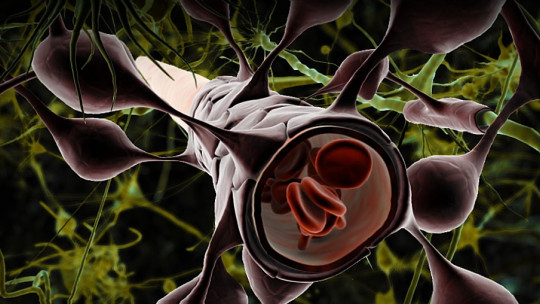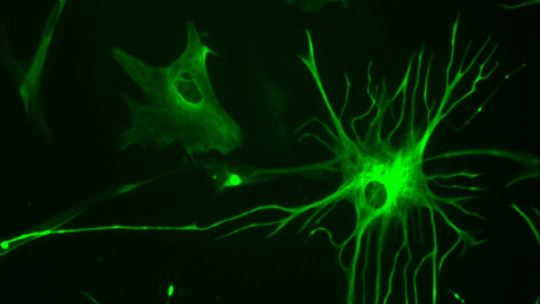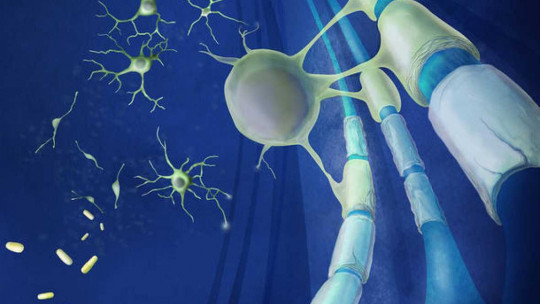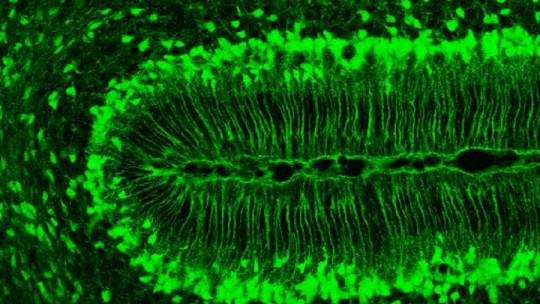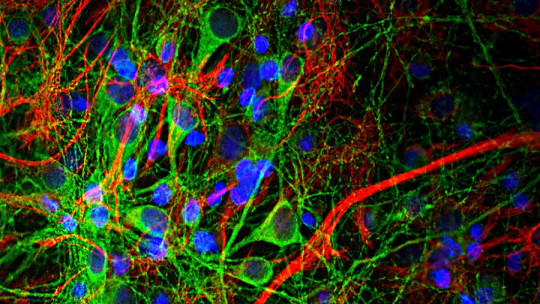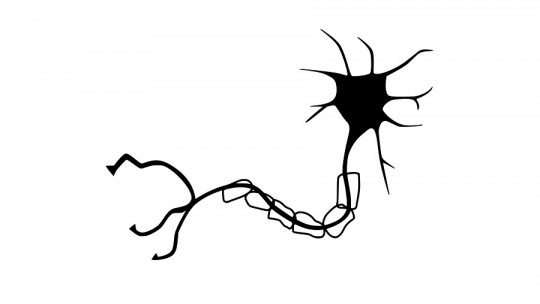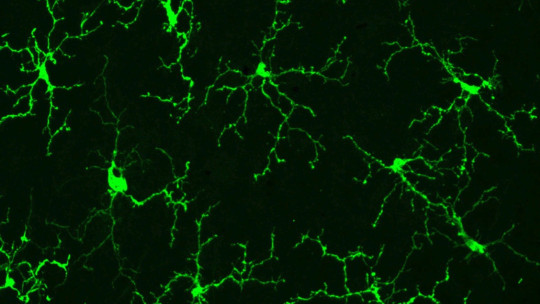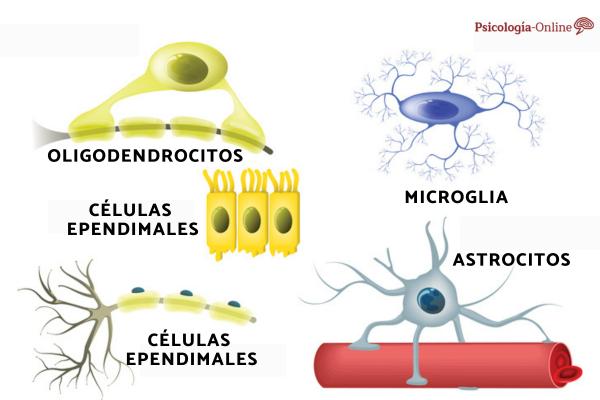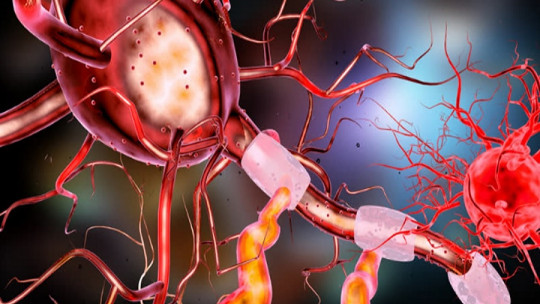Neurons are essential for the transmission of electrochemical impulses through the nervous system. However, they cannot fulfill this role on their own: they require the support of glial cells for very different tasks, such as providing nutrients, maintaining structure or accelerating neuronal conduction itself.
Oligodendrocytes, a type of glial cell that forms the myelin sheaths that wrap the axons of the central nervous system, are especially important in this last function. In this article we will analyze What are oligodendrocytes and what functions do they perform? and we will describe its two main types.
What are oligodendrocytes?
Oligodendrocytes are a type of glial cell found exclusively in the central nervous system, that is, in the brain and spinal cord. These cells create myelin sheaths around the axons of neurons isolating them and increasing the speed of transmission of the electrochemical impulses that travel through them.
In some axons the myelin sheaths are separated into sections; Unmyelinated spaces are called “nodes of Ranvier.” These points allow the saltatory conduction of neural impulses: in the nodes of Ranvier, ionic exchanges with the extracellular space regenerate action potentials, further accelerating transmission.
Myelination begins to occur before birth but continues during the first three decades of life. Unlike Schwann cells, which fulfill similar functions in the peripheral nervous system, oligodendrocytes can cover around 50 different axons thanks to their multiple extensions.
This type of glia forms in the ventral ventricular region of the spinal cord during intrauterine development, later than other types of glia. In adults, oligodendrocytes continue to appear from progenitor glial cells, although their number is much lower than that present during the first neurogenesis.
Glial cells or glia
Glial cells make up half of the nervous system. They fulfill support functions in relation to neurons : they give structure to neuronal networks, nourish them, maintain the stability of the extracellular environment, regulate the growth of dendrites and axons, repair cellular injuries, direct neuronal migration during embryonic development…
Among the most numerous glia cells we find astrocytes, which give structure to the blood-brain barrier (allowing the supply of nutrients and the cleaning of waste in the nervous system), microglia, which perform immune and regeneration functions, and lSchwann cells, responsible for myelin formation in the peripheral nervous system.
The group composed of oligodendrocytes and astrocytes, which are also located in the central nervous system, is called “macroglia” due to the notable size of these two types of cells compared to the rest of the glia, especially microglia.
Types of oligodendrocyte
Have been found two main types of oligodendrocyte: interfascicular and satellite These two subclasses of glial cells differ mainly in their functions, although they are very similar at a structural and molecular level.
Interfascicular oligodendrocytes, which are part of the white matter of the brain and give it its characteristic color, are the basic type; When we talk about “oligodendrocytes” it is most common that we are referring to these, since they are the cells that are responsible for the formation of myelin sheaths, the main role attributed to oligodendrocytes.
In contrast, satellite oligodendrocytes are included in the gray matter because they are not involved in myelination. They also do not adhere to neurons, so they do not play an insulating role. At the moment it is not known exactly what the functions of these oligodendrocytes are.
Functions of these cells
In this section we will focus on describing the main roles of interfascicular oligodendrocytes which, as we have said, are better known than those of satellite oligodendrocytes. These functions They are mainly associated with the formation of myelin sheaths
1. Acceleration of neural transmission
Myelinated axons send action potentials at a much higher rate than unmyelinated ones, especially if they contain nodes of Ranvier. An adequate rhythm of neural conduction allows the correct functioning of the muscular and hormonal systems, among other organismic functions, and has also been related to intelligence.
2. Isolation of cell membranes
Myelin sheaths also isolate neuronal axons from the extracellular environment; This function prevents leakage of ions through the cell membrane
3. Structuring of the nervous system
Glial cells in general play the important role of maintaining the structure of neuronal networks. These cells are not very robust on their own, so they need the physical support of glia, including oligodendrocytes.
4. Support for the development of neurons
Oligodendrocytes produce various neurotrophic factors , proteins that when interacting with neurons help them remain active, preventing apoptosis or programmed cell death. They also promote cell differentiation required for the formation of neurons.
5. Extracellular fluid homeostasis
It is known that satellite oligodendrocytes do not fulfill the same roles as interfascicular oligodendrocytes because they do not form myelin sheaths. However, they are very relevant for maintain homeostatic balance of the extracellular environment of the neurons they are located next to; Unlike interfascicular ones, satellite ones do not join these.

